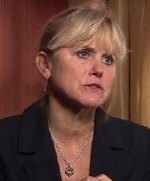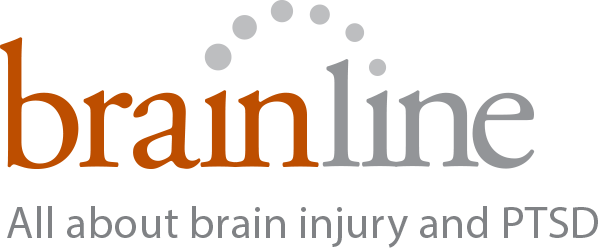Dr. Ann McKee explains why researchers are still struggling to identify an effective treatment for chronic traumatic encephalopathy (CTE). Brain donation makes a huge impact on the advances that can be made to understand, diagnosis, and treat CTE.
Learn more about some of the treatments available for those recovering from brain injury and PTSD using our Treatment Hub.
Watch more videos from Dr. Ann McKee.
This video was produced by BrainLine thanks to generous support from the Infinite Hero Foundation.
About the author: Ann McKee, MD
Ann McKee, MD is the chief neuropathologist for the Framingham Heart Study and the Boston University-based Centenarian Study. She is also the chief neuropathologist for the Boston-based Veterans Administration Medical Centers and for the Sports Legacy Institute.

